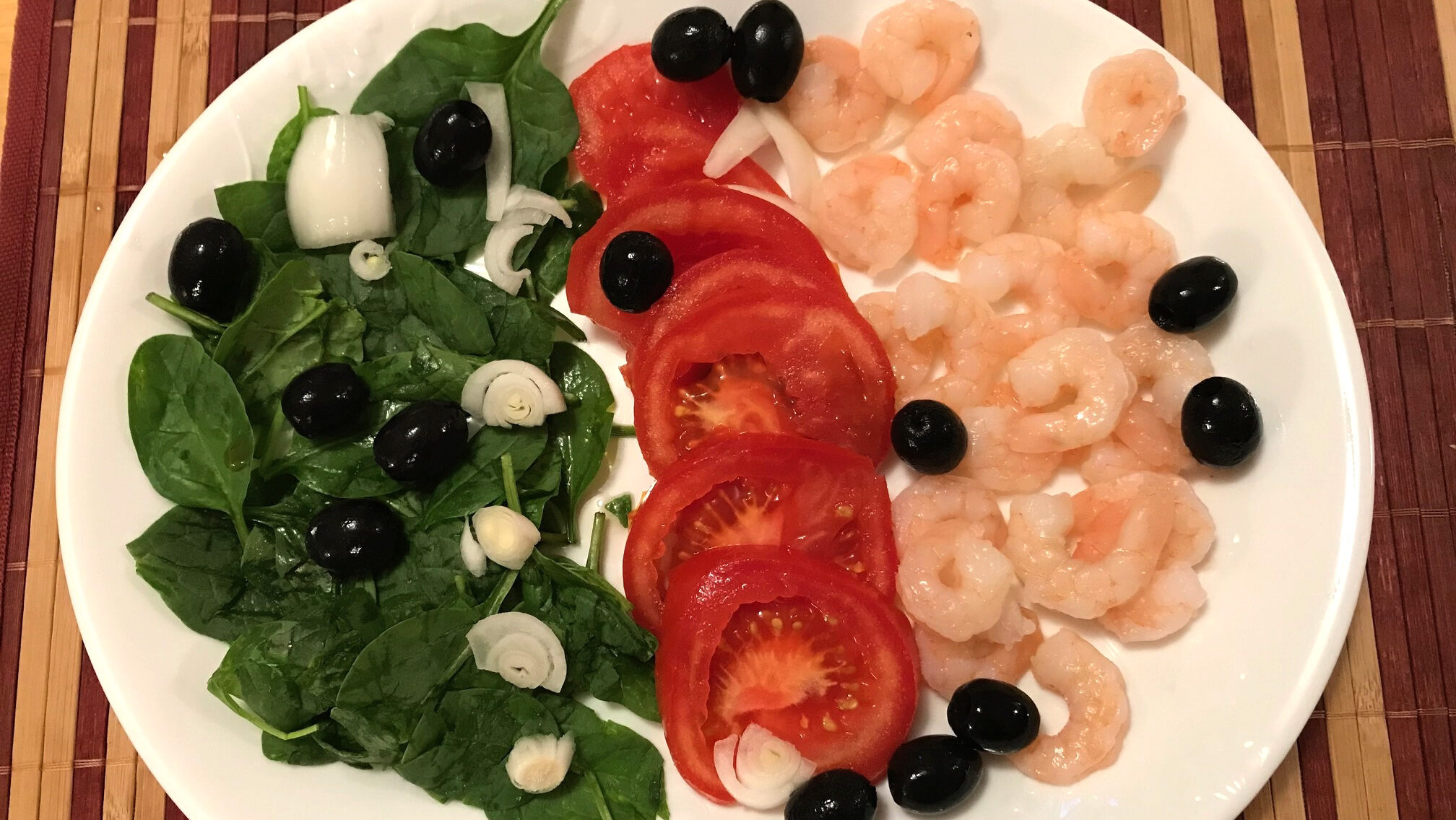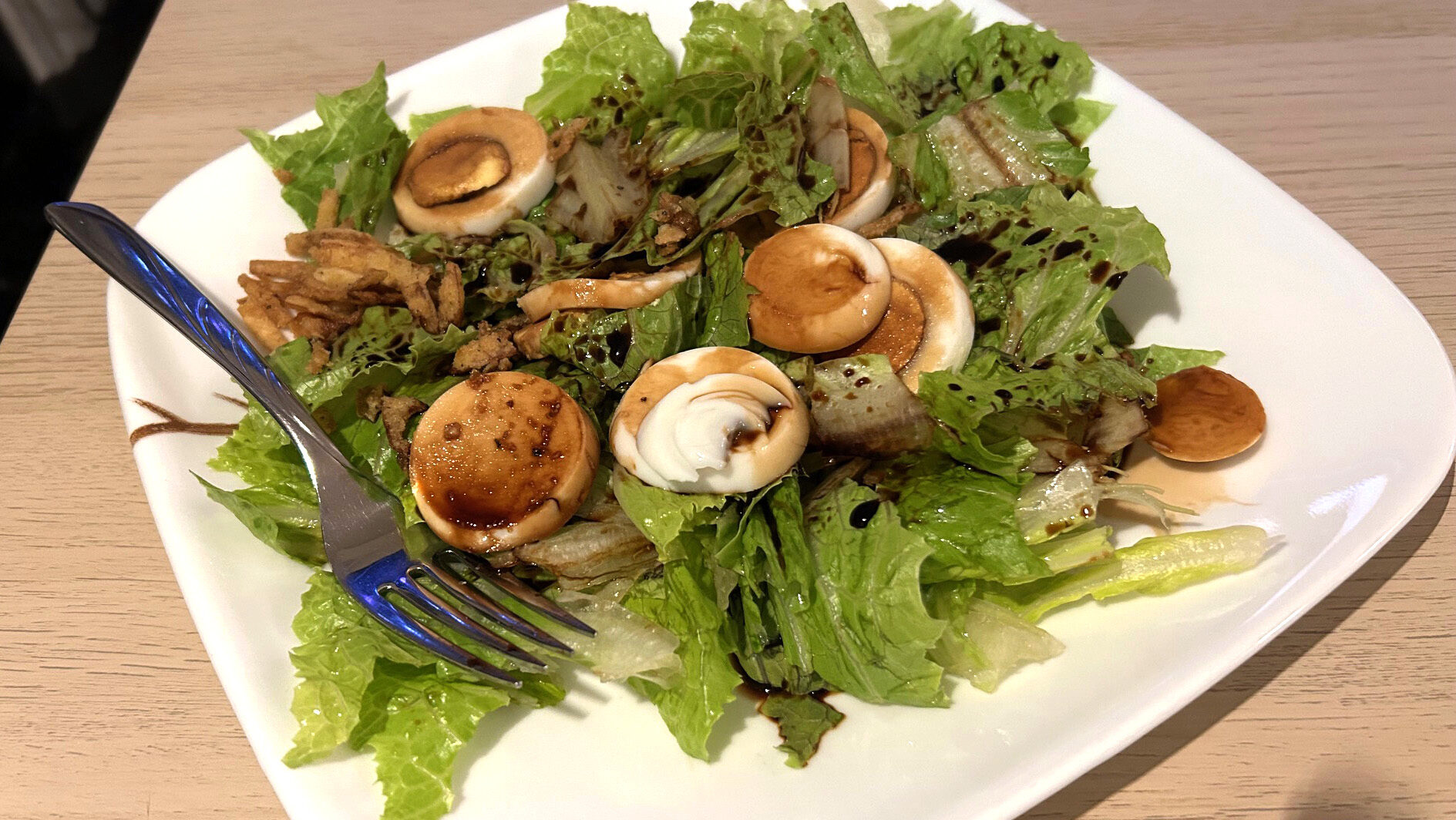However, one design element that has had its merit consistently questioned is the object that serves no purpose except to please the senses or trigger a memory. Paintings and trophies are two such items.
Very often, from an interior design perspective, if an object doesn't have a practical purpose, it's deemed lesser or frivolous. Home and design shows emphasize enormous collections of figurines, toys, sneakers, and such as a demonstration of poor taste. The notion is seeped into language: for instance, the borrowed French term “bric-à-brac”, defined by Larousse as a “Heap of heterogeneous objects, disparate old things, in poor condition.”
In Estonian, you might have heard antique stores' wares dismissively referred to as tingel-tangel, or kribu-krabu.
In the pursuit of the “clean and modern” style—which is dominant from graphics to architecture—ornamentation is discarded or avoided. As such, we're apt to miss out on the joys of what might be called “thought objects.”
What is a thought object? It's simply any item that you place visibly in your space (living room, balcony, studio/office, garden) to keep you on track when your values are put to the test. That's not an exaggeration! You could be facing a difficult decision. Your well of ideas could dry up. You could be building up courage to write something or say how you feel. One glance at a thought object will lead back to something about your true self, restore a feeling of positivity, or encourage the right actions.
Täismahus artikkel on loetav Eesti Elu tellijatele
Igal nädalal toome me sinuni kõige olulisemad kogukonna uudised ja eksklusiivsed lood uutelt kolumnistidelt. Räägime eestlastele südamelähedastest teemadest, kogukonna tegijatest ja sündmustest. Loodame sinu toele, et meie kogukonna leht jätkuks pikkadeks aastateks.
Hind alates $2.30 nädalas.



